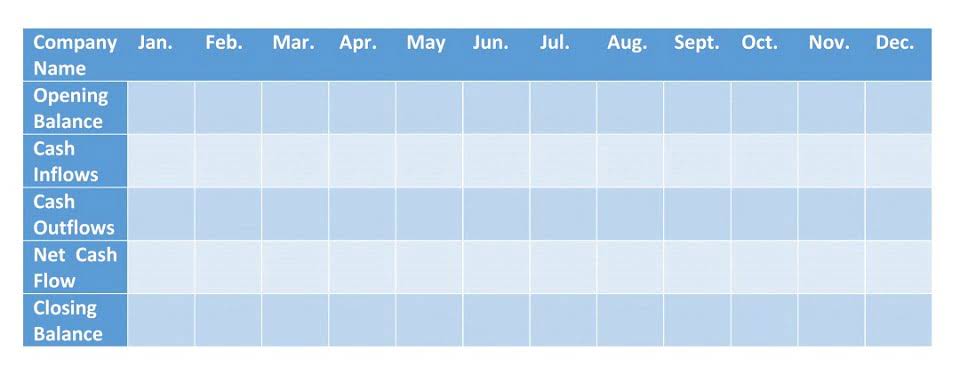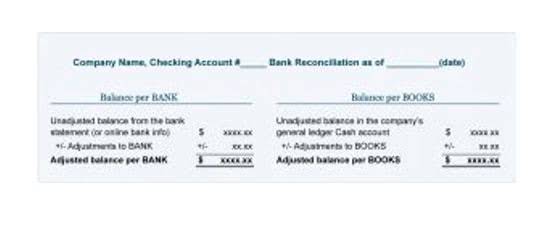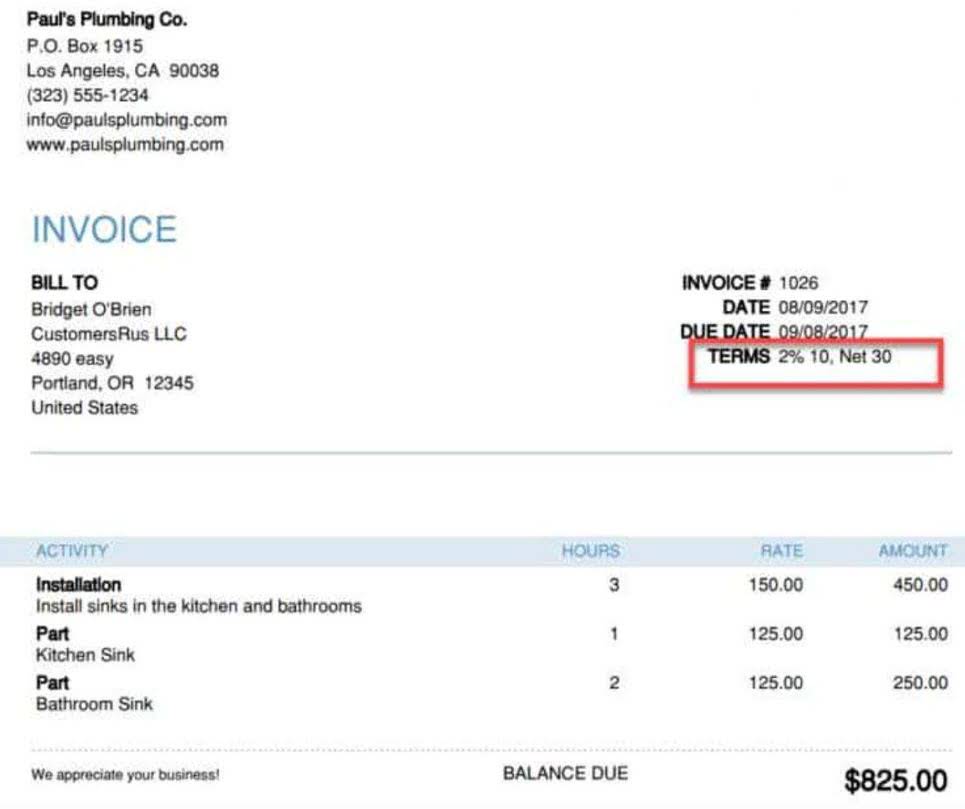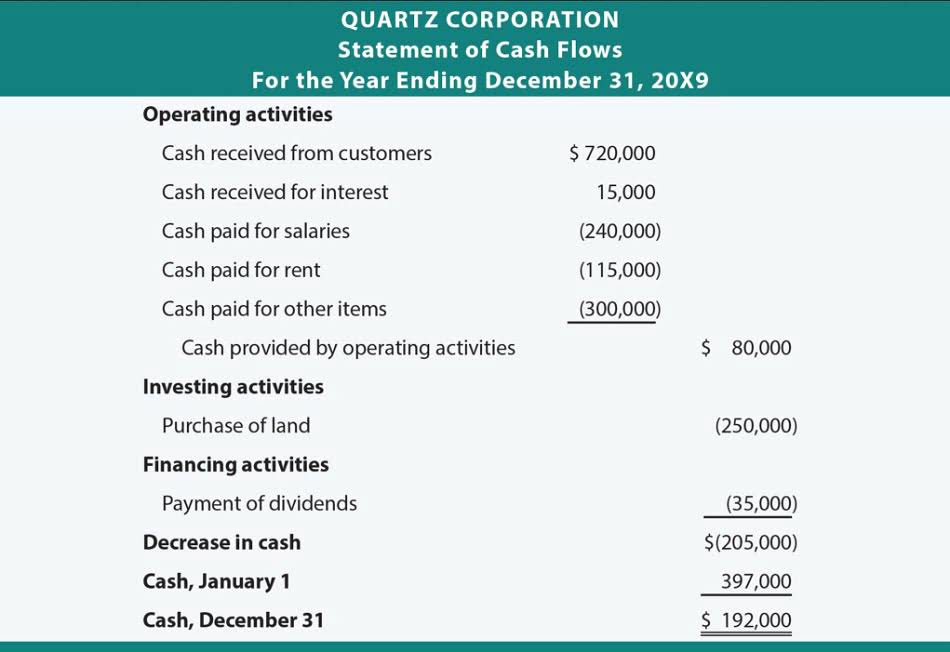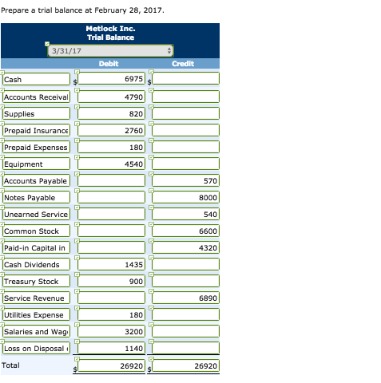
It also includes a section on Time value of Money which is a very important section in financial accounting. The text, however, took a curvy approach to the explanation of the topic, but not unlike other textbooks. Overall it wasn’t great but it was typical and above average. Principles of Accounting Volume 1 could be presented much more concisely, more simply; and with better clarity. These suggestions would improve clarity from the student learning perspective and process. Upon careful review, I found no apparent or obvious errors were detected in the content.
Each chapter is broken into smaller, easily digested sections. Although chapters 1-5 must be presented in sequential order since we are discussing a sequence of events in an accounting cycle, the others can easily be moved around in terms of order presented. The textbook provides a thorough overview of the accounting system. It delves quite a bit into the “why” of accounting which is sometimes glossed over in favor of mechanics in other texts. Just by revising the examples, the book can be easily updated.
Expense Report Template
There are also PowerPoint slides that include selected graphics from the text, key concepts and definitions, examples, and discussion questions. The index is an in-depth glossary of terms used throughout the book,, and also states which chapter and subsection the term is used. David Annand, EdD, MBA, CPA (CA), is a Professor of Accounting in the Faculty of Business at Athabasca University. His research interests include the analysis of costs and organizational structure on distance-based universities. He has written several accounting-related undergraduate- and graduate-level texts, all available as open educational resources.
Accounting Books for Free!
Use the cash flow tab to record transactions and monitor your cash balance. This is a one semester class and covering 16 chapters can be a lot. Combing chapter 1 and 2 and combining chapter 12 and 13 can reduce the number of chapters relevant information from 16 to 14. Also financial statement analysis is an integral part of financial accounting, I suggest introducing ratios to respective chapter where they are more relevant.
Inventory Tracking Template
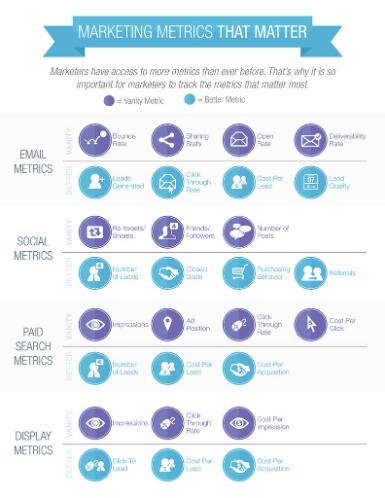
The extra information is helpful for students wanting extra practice. For an introductory accounting class with focus on US the concepts covered are typical. This text includes some very relevant information about careers in accounting. I did not see a tie-in with data analysis which would have been nice but there are other ways to integrate this in to a course. Given the topic, there is little cultural impact/sensitivity. Given that this is for US based accounting for business, including international perspectives in any kind of great detail would just add to confusion and dilute the learning.
- The book complies with the current accounting rules and regulations.
- Use the cash flow tab to record transactions and monitor your cash balance.
- There are plenty of exercises and problems for each chapter for an instructor to assign as practice or homework.
- The text is consistent in terms of terminology and framework.
- I think that a seasoned accounting instructor would have no trouble using the textbook.
- I did not see a tie-in with data analysis which would have been nice but there are other ways to integrate this in to a course.
I am not the best judge – but to me the book was overly wordy in some sections – did not have any grammatical issues. The business tax credits definition chapters might be distracting or require modification but the interface was straight-forward. Really brings the student into the objective of the chapter/unit.
The text’s organization then proceeds sequentially through the balance sheet accounts, explaining in more detail how the accounting for each category of economic value is recorded and reported. The author’s decision to move the most complex content to the end of the book matches how most faculty choose to organize their coverage of these topics. This textbook is a Principles of Accounting how to find the amount of sales tax text on steroids. It iscomprehensive but some topics are covered in more detail than the typicalintroductory financial accounting class.
Although some of the chapters seemed dense in terms of new material, each chapter was presented in sections that can be easily segmented into individual class period presentations. Several chapters had appendix sections which can be used for optional assignments as needed by the instructor. The terminology and framework of each chapter is consistent. The exercises and problems were formatted and worded the same way as the material presented in the chapter. The information flows well from one topic to the next and from one chapter to the next.
Some of the dates in the examples in Chapter 12 on financial statement analysis have been updated to 2021, but some of the exercises at the end of the chapter are dated 2012. This book is perhaps the most comprehensive text I have seen for financial accounting. For those who are familiar with Financial Accounting, the index and glossary are sufficiently detailed. The fact that the text is so comprehensive is both a positive and a negative.

